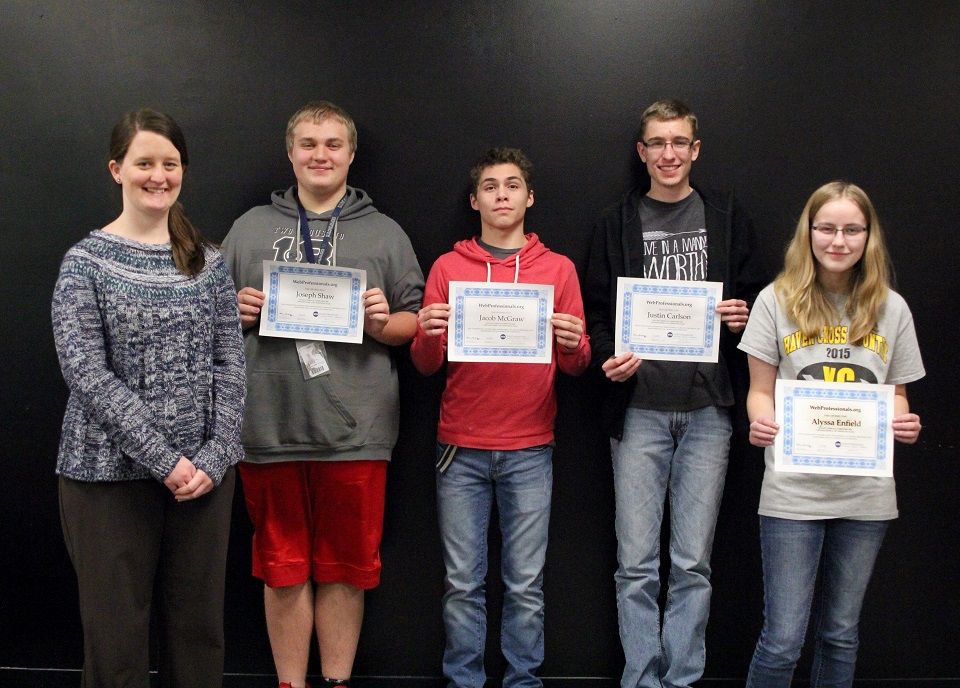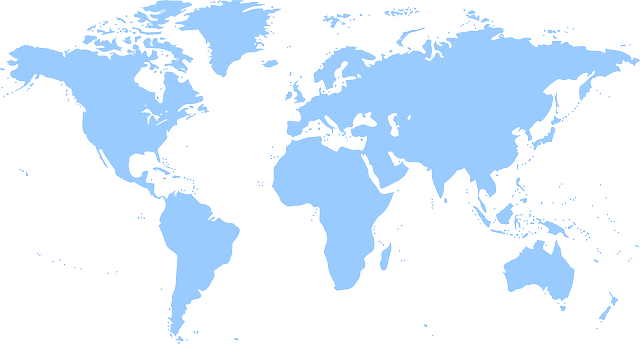Blog
Fastest Growing STEM Career 2019 – Opportunities in App Development that Don’t Require a College Degree – Earn and Learn
Over the next decade, web and mobile application developers will be in higher demand than just about any other profession . People are relying on apps in their daily lives more than ever before, using them for health, banking, business, entertainment, social networking and more. In the coming years this trend will only continue to grow.

According to the occupational projections website Projections Central, companies in the United States will fill over 250,000 app developer jobs in the decade between 2016 and 2026, which equals 26,000 new positions every year.
And those numbers just represent new positions that will be available—in addition, around 60,000 jobs will open every year to replace existing app developer positions that have opened up ( link ).
Mobile and computer app developers are responsible for designing, developing, building and maintaining the apps that users utilize each day. They keep apps humming for users—adding new features, fixing bugs, and offering troubleshooting support.
Some of the more simple apps on the market are created by a single person, while others, such as apps for big companies like banking services and media outlets, require large teams to continue running smoothly.
Below we have gathered some of the easiest web development projects that your students can practice at home to get a good grip on the concept:
App Development Without a College Degree?
 In addition to offering tremendous job opportunities in the next decade, app development is attractive to many as it doesn’t require a four-year (or even two-year) degree.
In addition to offering tremendous job opportunities in the next decade, app development is attractive to many as it doesn’t require a four-year (or even two-year) degree.
Unlike most other career paths that require traditional degree programs, app development can be learned through self-teaching, classroom or online courses.
Although there are plenty of great computer science colleges and universities in the U.S., there are plenty of developers who never set foot on a campus while learning to code apps. In fact, many successful tech companies and apps are launched by students. App development can offer both an entrepreneurial route and academic route.
However, one thing all successful app developers have in common is a love for learning . Many will seek out opportunities to earn and add industry certificates, certifications and digital badges to their resumes. The most successful in this group all understand the importance of being professional, ethical and always adding to their professional portfolio.
In the coding world, a degree in computer science doesn’t mean much if the degree holder doesn’t do anything to maintain their skills and learn new ones. Because coding is such a disruptive field, any good app developer must constantly stay up-to-date on the latest programming languages.
Platforms including Apple iOS and Google Android are open source, which means that the underlying code is available for anyone. This allows developers to really dive in to creating and refining apps for users. Once an app goes live, it is available to the millions of users who use iOS and Android every day.
How Do I Get Started in App Development?
We recommend using a media-rich course that will engage and stimulate you through your journey. We offer courses that allow the user to “sandbox” practice work, so that users can learn STEM skills at their own speed and become fully comfortable with one concept before moving onto the next one.
All you need is a browser and text editor to begin. It’s a good idea to establish a broad knowledge base—taking a course that teaches a specific program or tool, won’t give you a broad and marketable base. Stick with the basics at first, learn coding from the ground up and then specialize as your career progresses.
With our coding courses ( link Web and Mobile App Development Industry Certification Course ) , you will build real-world apps that people can install and use in their daily lives for work or play.
Additionally, you’ll compile a digital resume site, where you can showcase your project portfolio and skills. This will enable you to build a college and career ready portfolio, demonstrate the skills you have learned, and prove that you can develop a project from beginning to end.
Pursuing industry certifications can be a real resume enhancer. Employers value these as they complement your digital resume nicely to demonstrate that you are the total package and are ready to produce for them. Certifications from professional associations ( WebProfessionals.org ) are far more valuable than those from testing companies , as professional associations are more interested in measuring the whole individual, body of work as a professional, technical skills and not simply the ability to cram and pass a test. Professional associations are all about the long game as you should be if you are truly looking for a career.
If you choose to pursue app development without first going to college, that doesn’t mean you can’t go back to school later on and earn a degree. It’s far easier to go to school when you have a high-paying job in the field as opposed to working outside of your desired career path.
What are the Benefits to a Career in App Development?
A career in app development offers low barriers to entry, high salary potential and ample job opportunities. Additionally, it offers a level of flexibility and freedom that is rarely found in other jobs. According to studies, 30 percent of the U.S. working population currently freelances in one capacity or another, and that is expected to grow to 51 percent by 2020 .
Much of this stems from the most recent recession, when many companies increased hiring of freelancers to cut costs, allowing workers more flexibility over when and where they could work.
For freelance app developers, this provides unparalleled flexibility to work on interesting projects without needing to report from 9 to 5 every day. App developers armed with marketable skills and a portfolio don’t have any problem picking up freelance jobs.
 They can work for one company, work on different projects for multiple companies or focus on their own projects. The possibilities are endless. And as a young professional (or one who is new to the field), freelance gigs can be a great way to get that elusive experience many companies are looking for
.
They can work for one company, work on different projects for multiple companies or focus on their own projects. The possibilities are endless. And as a young professional (or one who is new to the field), freelance gigs can be a great way to get that elusive experience many companies are looking for
.
Freelancing is the new norm, and if you apply for a full-time job down the line prospective employers won’t hold your freelancing experience against you. Freelancing exhibits an entrepreneurial mindset, inventiveness and a drive to succeed .
Additionally, the 250,000+ app development positions that will be created over the next decade are lucrative, as the 2017 median pay for workers in the field was $101,790 per year, which equals almost $50 per hour ( link ).
These numbers far outpace the average for all other occupations. Although several other occupations —like fast food service and home health aides— will offer more job openings over the next decade, no other industry comes close to the salary levels that web and mobile app development offers .
Other industries that offer six-figure salaries are growing at a pace much slower than app development. For example, general and operations managers will have 40,000 fewer openings in the period between 2016 and 2026 compared to app development.
Whether you’re thinking about a post high-school career, want to earn while learning, or you’re seeking a career change, web and mobile app development is a fantastic option for an engaging, lucrative and promising career.
Share To
Get in touch with us today!
You can book a demo directly using Calendly, call us directly at 913-764-4272 or 877-828-1216, or submit the form and we will reach out to you.
We look forward to helping you and your students.

Most Recent Posts





